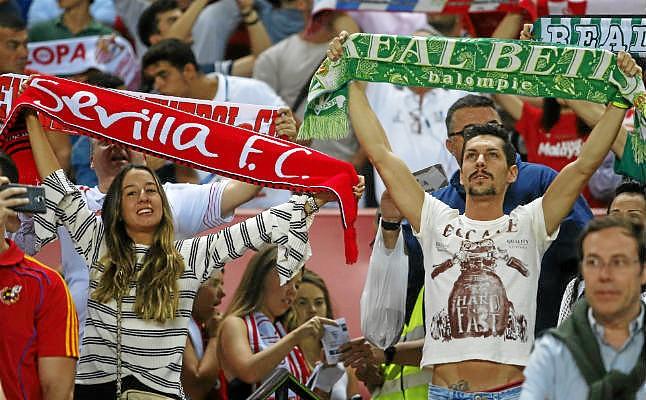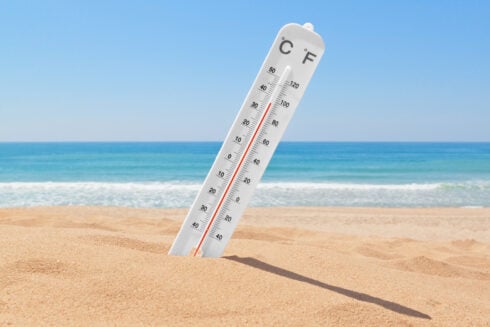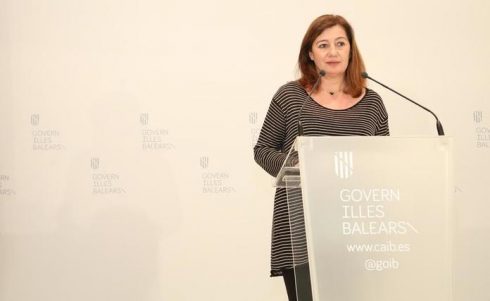THE El Clasico between Real Madrid and Barcelona is often cited as the most hotly disputed football match in all Spain.
But for football fans in Andalucia’s capital there’s no contest fiercer than El Gran Derbi, not merely a game of two halves but a needle match that splits the city of Sevilla in two.
Unfortunately this year’s game has been suspended due to the outbreak of coronavirus, but the rivalry will never stop.
It’s a rivalry apparent throughout the year and you’d have to be red/green colour blind not to notice it.
Half the population wears the red and white colours of Sevilla while the other half don the green and white stripes of Real Betis.
It’s a tale of one city with two clubs that arouses the kind of passions Manchester fans can appreciate, except their battle colours are Man United reds v Man City blues.
The first Derbi Sevillano kicked off in 1915, with Sevilla coming out on top, 4-3.
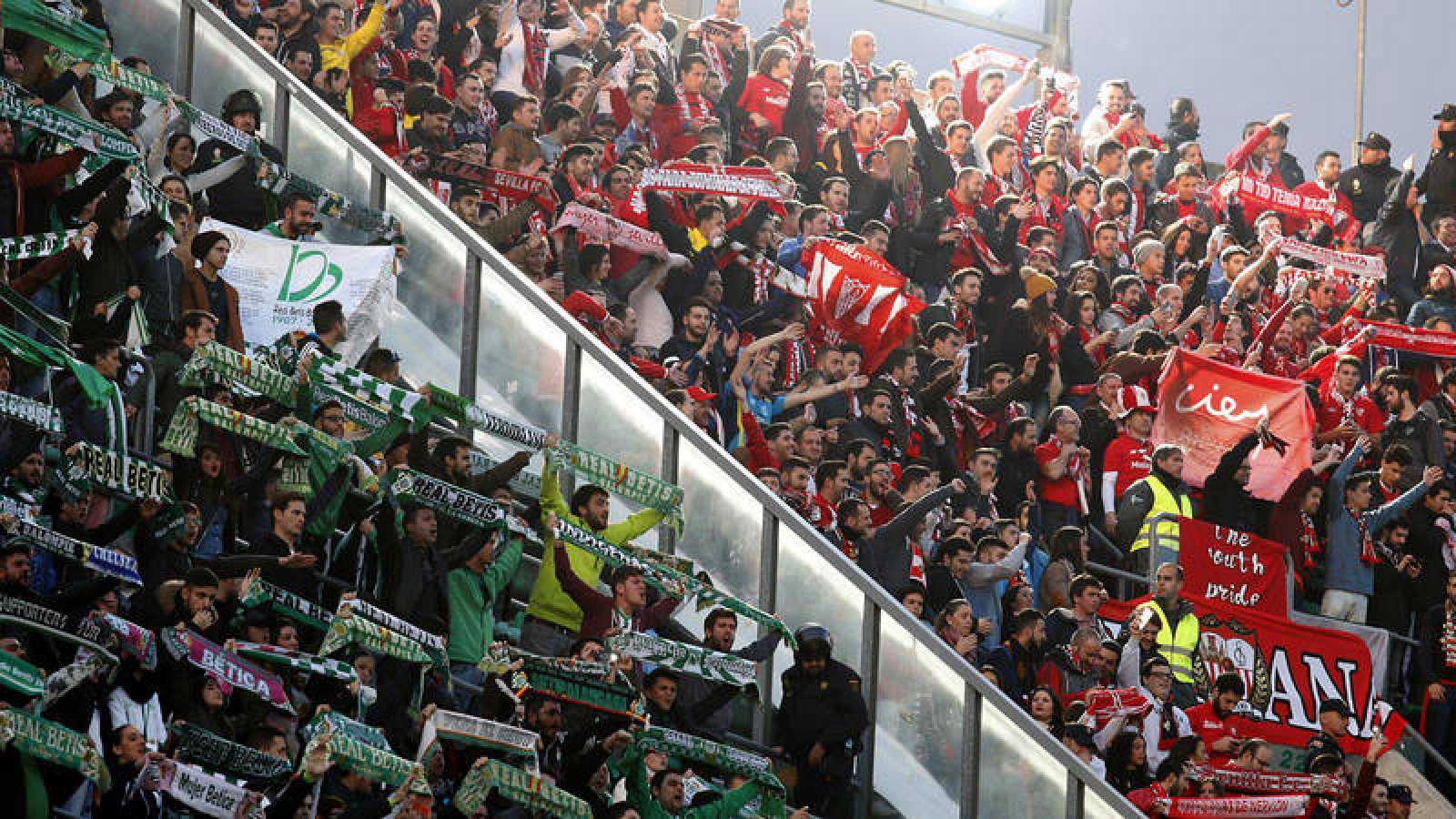
Since then, both teams have managed to win the Primera Division once and a historic rivalry has developed.
It’s a tug-of-war inflamed with one of the reasons behind it being politics – Sevilla being associated with the left of the political spectrum and Betis with the right.
It’s also rooted in a clash of social classes, with the Reds traditionally thought of as a team for posh supporters and the Greens a working class side.
The geography of the clubs drives another wedge through the city, with Sevilla located in the Barrio de Nervion, east of the centre, and Betis based in Heliopolis, to the south.
In his book Morbo, a word summing up the antagonism between Spanish football clubs, author Phil Ball compared Sevilla’s football scene to Liverpool’s, suggesting that families can be divided by footballing loyalties without causing too much ‘wailing and domestic gnashing of teeth’.
This is exactly the case for lifelong Sevilla fan Hector Santaella, 41, who’s family is a house divided when it comes to the beautiful game.
He said: “My wife is a Betis fan, so it’s always tough on derby days, but we try not to rub it in each other’s faces, as it can come back to haunt you next game.”
Sevilla is undoubtedly the more successful of the two clubs, especially due to its success in European competitions, having won the Europa League five times, whereas their neighbours have yet to win it.
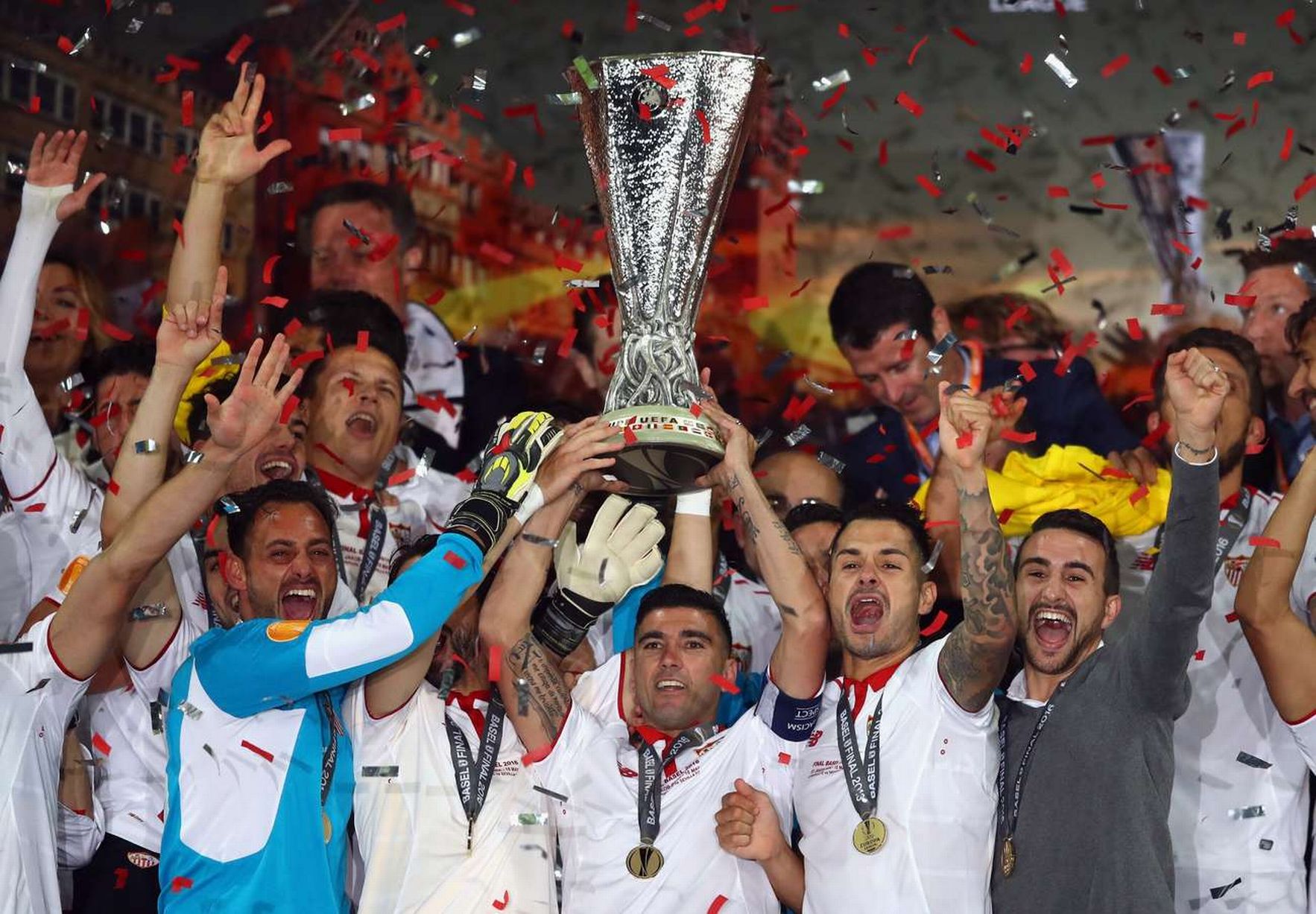
This success, especially in recent years, is why Sevilla fans tend to look down on their neighbours and care more about beating Barcelona and Real Madrid.
“They have beaten us like two times this century, their whole season revolves around the derbies with us, we have bigger fish to fry,” explains Hector.
His uncle, 53-year-old Alexis Santaella, a former Betis academy player and season ticket holder, actually agrees with him, saying: “Beating Sevilla means everything to me, I don’t care about the rest of the season, it’s like winning the World Cup.”
Click here to read more News from The Olive Press.

